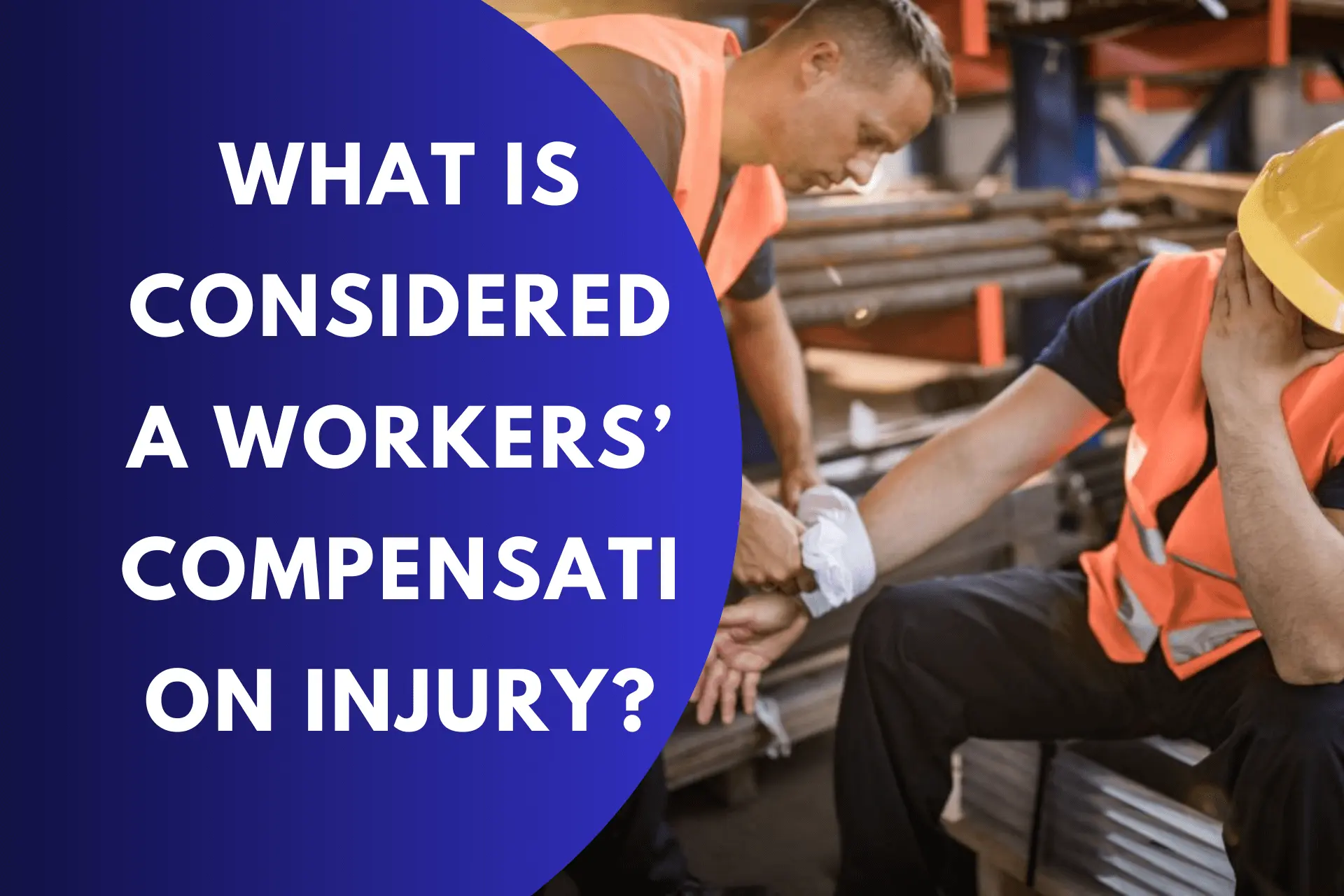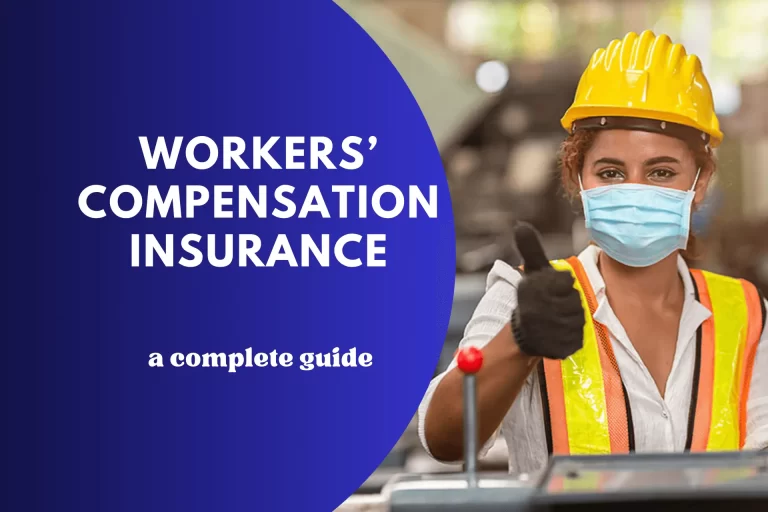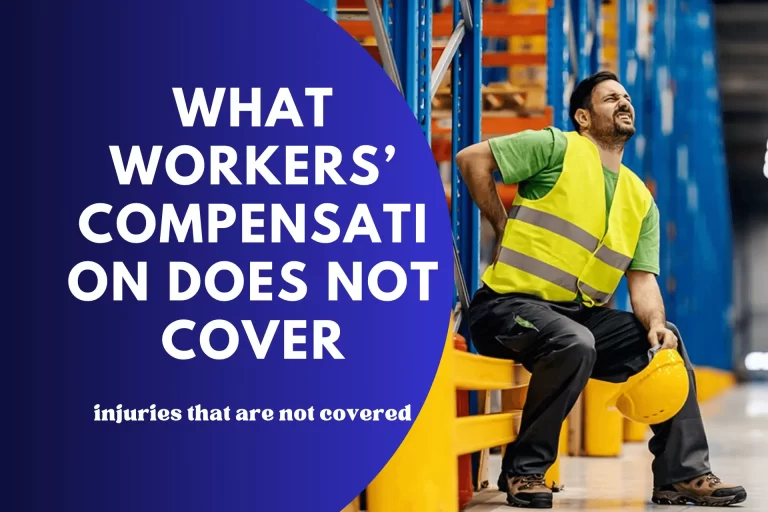What is Considered a Workers’ Compensation Injury | Clear your misconceptions
In the realm of employment, workers’ compensation definition is often thrown around, but what exactly does it entail? More importantly, what is considered a workers’ compensation injury? Understanding the nuances can be crucial for both employers and employees, as it directly impacts the well-being and financial security of the workforce. This article aims to shed light on what is considered a workers’ compensation injury, the types of injuries that are covered, and the criteria that must be met for a successful claim.
What is Workers’ Compensation?
Workers’ compensation is a form of insurance that provides financial assistance and medical benefits to employees who sustain injuries or illnesses while performing job-related duties. This system is designed to protect workers from the financial hardships that can arise from work-related injuries, while also safeguarding employers from potential lawsuits.

Types of Injuries Covered
1. Physical Injuries
The most straightforward category, physical injuries like fractures, burns, and cuts, are generally covered if they occur in the course of employment. Whether you’re a construction worker who has fallen from a scaffold or an office employee who has developed carpal tunnel syndrome, physical injuries are usually eligible for workers’ compensation.
2. Occupational Illnesses
These are conditions that develop over time due to the nature of the work environment. For example, workers exposed to hazardous materials may develop respiratory issues or other chronic illnesses. These types of injuries are also considered as Workers’ Compensation Injury.
3. Psychological Injuries
Although more challenging to prove, psychological injuries like stress, depression, or anxiety can also be covered if they are a direct result of work-related activities or incidents.
4. Repetitive Stress Injuries
These injuries occur over time due to repetitive motion or strain. Carpal tunnel syndrome is a classic example, often affecting people who perform repetitive tasks like typing.
5. Aggravation of Pre-existing Conditions
If your job exacerbates a pre-existing condition, this can also be considered a workers’ compensation injury. However, the claim must clearly demonstrate that the job significantly worsened the condition.
Criteria for a Successful Claim
Common Misconceptions about Workers’ Compensation Injury
Off-Site Injuries
Many people believe that injuries occurring off the company premises are not covered. However, if you are performing a job-related task, such as a delivery, and sustain an injury, you may still be eligible for workers’ compensation.
Fault
Another misconception is that workers’ compensation is only available if the employer is at fault. This is not true; workers’ compensation is generally a no-fault system, meaning you can usually claim benefits regardless of who is at fault, with some exceptions like self-inflicted injuries or those occurring while committing a crime.
Conclusion
Understanding what is considered a workers’ compensation injury is crucial for both employees and employers. From physical injuries to psychological traumas, the scope can be broad, but specific criteria must be met for a successful claim. By being informed, you can navigate the complexities of workers’ compensation and ensure that you or your employees receive the benefits and care deserved.
By keeping these points in mind, you can better understand your rights and responsibilities, ensuring a safer and more harmonious work environment for all.






